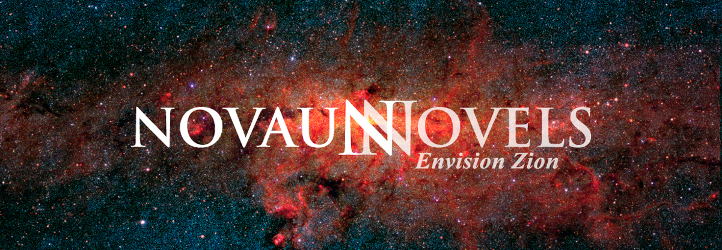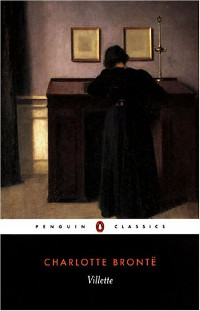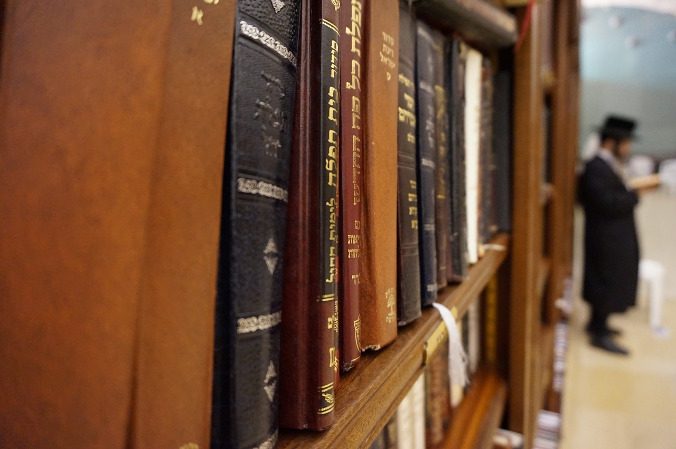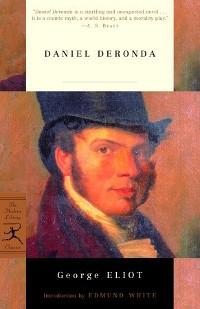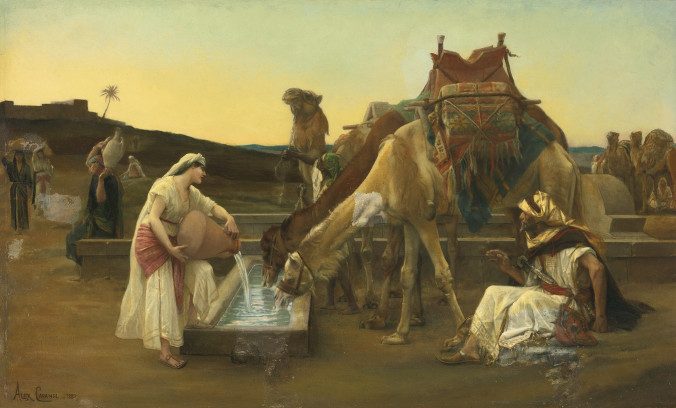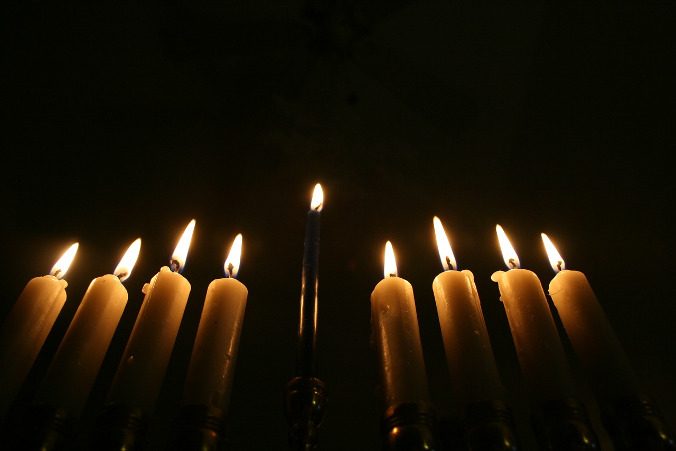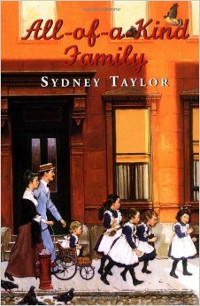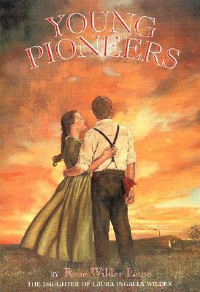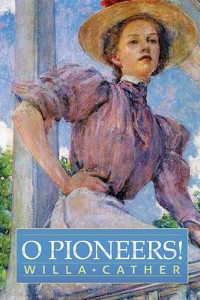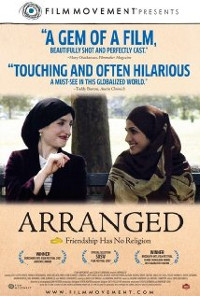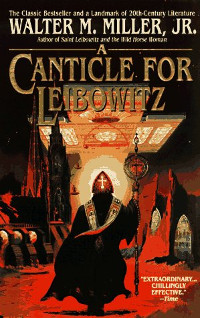Our Mutual Friend, by Charles Dickens (English classic)
“A body is found in the Thames and identified as that of John Harmon, a young man recently returned to London to receive his inheritance. Were he alive, his father’s will would require him to marry Bella Wilfer, a beautiful, mercenary girl whom he had never met. Instead, the money passes to the working-class Boffins, and the effects spread into various corners of London society.”
Our Mutual Friend details corruption and falsity in those “various corners of London society” to such a degree that a glimpse of Zion didn’t come easily to me as I read it. In this Babylon-like society, the altruistic mingle with the mercenaries, and distinguishing between them isn’t always simple. One thing that Dickens does well in this novel is show how these types exist at all levels of society and that it is possible for a person to change—sometimes for the better and, just as often, for the worse.
Continue reading